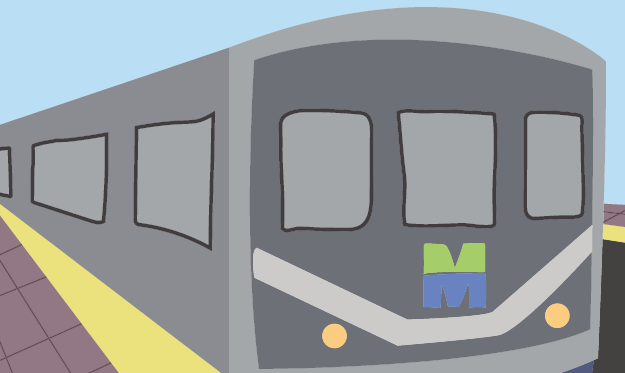
I’m a Little Havana guy without a car. If you ask me how to get somewhere, I can tell you exactly which bus, trolley, Metromover or train you’ll need to take to get there.
But if you ask me how long it will take to arrive to your destination, your guess is as good as mine. The one consistent thing about Miami-Dade transit is its inconsistency.
The inadequacies of our public transit infrastructure are holding Miami back.
Every day I catch an 11 bus to Government Center and then a southbound train to UM. The system is plagued by delays and car breakdowns, forcing everyone to squeeze in together.
Part of the reason Miami-Dade transit has so many issues is that it isn’t profitable. With ridership down, it becomes harder for the county to prioritize public transit.
But this creates an unfortunate cycle. People don’t use the transit system because they know they can’t trust it, and the transit system becomes less reliable because it is neglected and lacks funding. This contributes to the ever-worsening traffic in Miami – rated the sixth most congested city in the United States, according to the TomTom worldwide traffic index.
The Metrorail only has a handful of stops, including Brickell, Civic Center and the Tri-Rail, for which the majority of riders use the train. Expanding the line to Miami Beach would greatly boost ridership among people who want to go to the beach but don’t want to to sit in traffic in a car or on a bus.
Miami-Dade County voted on Sept. 29 to reverse previous funding cuts to the Metrorail. This development came amid heavy criticism toward Miami-Dade Mayor Carlos Gimenez, who once promised to extend the Metrorail routes, reaching places such as Kendall and Miami Beach. Reversing the cuts is a step in the right direction, but it doesn’t go far enough.
To quote “Field of Dreams”: “If you build it, they will come.” Great public transportation makes great cities. The ability to commute, with and without cars, is crucial to a city’s wellbeing. Just look at New York City or Boston.
Strong public transportation systems allow people from different social classes to interact with each other. It develops a sense of unity and identity that can’t exist otherwise. Miami is growing and our road congestion is only worsening. The way to slow it down is investing in other forms of transportation.
Kevin Bustamante is a senior majoring in political science and creative writing.





